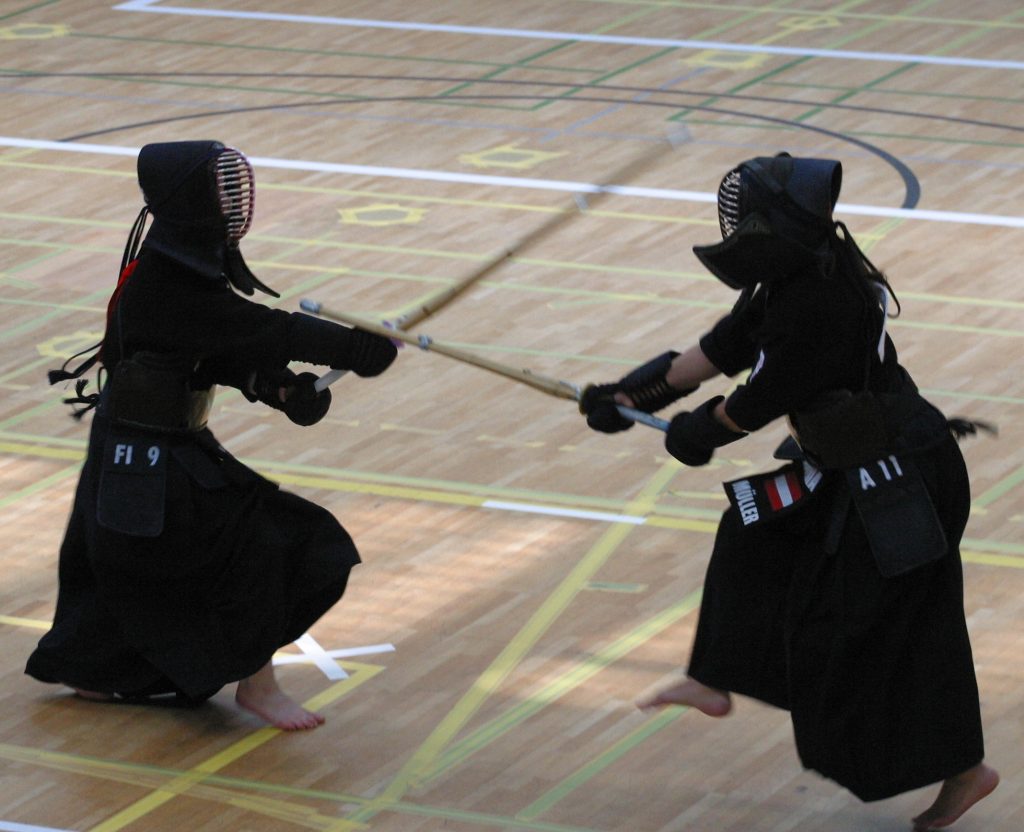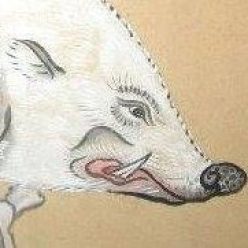Introduction
If you are new to Budo you simply think Swords are cool. Soon you will hear different names like Kendo, Iaido, Kenjutsu, Battodo, Shinkendo and other stuff. It can quickly become quite confusing for a Beginner. So here is a little glossary to help you.
Kendo and Iaido

Kendo literally means the way of the sword. It is a term used for the modern Japanese Fencing where you wear a protective armor called Bogu and a Bamboo Sword, called a Shinai. Most people train it mostly as an incredibly challenging Sport. But there are also a few old School Teachers instilling some Aspects of their Classical Fencing/Kenjutsu Training. Today’s Kendo stems mostly from the Itto Ryu Schools, especially Hokushin Itto Ryu.

Iaido means something akin of the way to react correctly and is used for Dojo that practice sword Drawing associated to mostly the Schools of Muso Shinden Ryu, Muso Jikiden Eishin Ryu and Tamiya Ryu. Modern Iaido is organized like Kendo in the Forms of Federations. These Federations will rank their practitioners with help of the Seitei Kata. These modern standard Forms encompass Elements of the different Iaijutsu Styles but give the examiners a Tool for grading the Students. As in a modern Federation at least in the higher Grades you do not get tested by your own Teacher, but by People of the Federation, that may come from a different Style of Iaijutsu. So, a Student of Iaido today will firstly learn the Seitei Kata and will also keep practicing these Techniques for grading before he will learn the original Techniques of his Style of Iaijutsu. Iaido today is practiced with Iaito and Shinken. Beginners often will use a blunt Sword simulator made from an aluminum alloy. While more experienced Practitioners can use real Blades.
Jutsu vs. Do, a heuristic
You will have noticed that I have already used the terms of Kenjutsu and Iaijutsu without explaining them. Let us make it simple: Kenjutsu just means Sword technique. And Iaijutsu just means Sword drawing.
The old Japanese Martial arts also known as Koryu Bujutsu used these names to describe parts of their Curriculum. For example, the School I am a Member of Katori Shinto Ryu teaches Kenjutsu, Iaijutsu, Staff Techniques, Glaive Techniques and a lot more. So, if somebody uses the Terms Kenjutsu or Iaijutsu it is a good heuristic to think about older Styles of Fencing and Sword Drawing, that are not part of modern Kendo or Iaido Federations.
There is not THE Kenjutsu or THE Iaijutsu. There are still hundreds of different Schools of Koryu Bujutsu that teach you how to handle a Sword each in a slightly different way in a different context. And Kenjutsu and Iaijutsu are just smaller parts of a bigger Picture that is the School/the Style. Old School Martial Art Styles are more individualistic and smaller in scope of members. With more individualistic I mean that most of the time you will be ranked by your Teacher directly or the Teacher of your Teacher. Not by a panel of Strangers that will give you a Rank from a Federation.
Last but not least
Then there is Battodo and Battojutsu. The terms are associated with Toyama Ryu and Nakamura Ryu. Batto means literally Sword Drawing. These Schools stem mostly from the Sword Teachings of the Toyama Military Academy. In times of Japanese Militarization there were many conscripts that did not have experience with Swords or Martial Arts. The aim of These Style of Martial Arts was to teach soldiers/ future offiziers how to correctly Cut with a Katana as part of their modern military Training. While Battodo also teaches Kata of Kenjutsu and Iaijutsu it is mostly famous for its huge emphasis of Test cutting, called Tameshigiri.
The last Term I mentioned is Shinkendo. Shinkendo, meaning something akin from “Serious/real Kendo” is a Martial Art founded by Obata Toshishiro. His Sword art is heavily influenced by Battodo and mostly popular in the United States where Obata became famous as an Actor.
